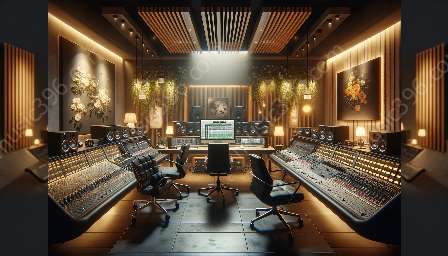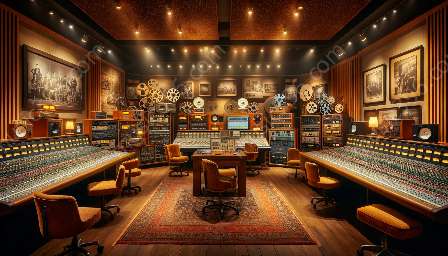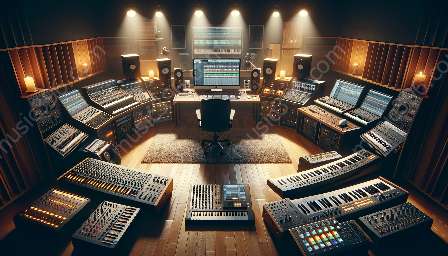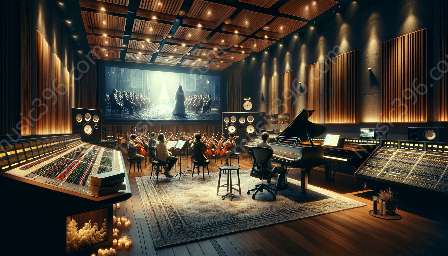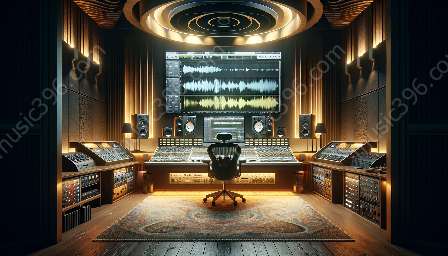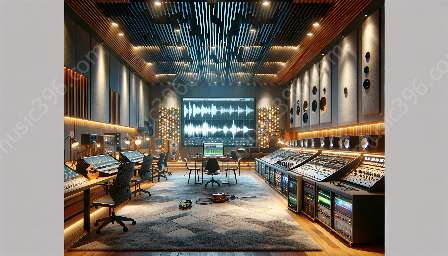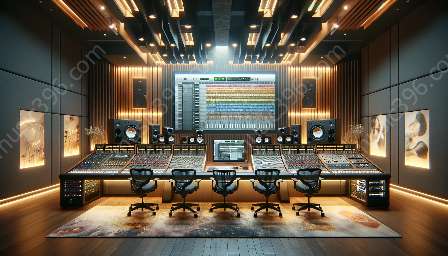Dynamic Range Compression is a crucial aspect of music production and recording, contributing to the creation of polished, professional sound. This topic is closely linked to the basics of music production and covers essential techniques in music recording.
The Basics of Music Production
Music production involves the process of creating and refining musical recordings, shaping and manipulating sound to achieve desired results. Dynamic range compression plays a significant role in this process, as it allows producers to control the dynamics of an audio signal. By adjusting the dynamic range, music producers can ensure that the loud and quiet parts of a recording are balanced, resulting in a consistent and pleasing sound.
Understanding Dynamic Range Compression
Dynamic range refers to the difference between the quietest and loudest parts of a musical recording. In music production, dynamic range compression is a technique used to reduce this difference, effectively bringing the quieter parts of a recording closer in volume to the louder parts. This process is essential for maintaining a consistent level of perceived loudness throughout a track, helping to create a polished and professional sound.
Dynamic range compression is achieved using specialized audio processors known as compressors. These devices work by automatically reducing the level of the audio signal when it exceeds a set threshold, effectively controlling the dynamic range of the sound. By adjusting parameters such as attack, release, ratio, and threshold, music producers can fine-tune the compression process to suit the specific characteristics of a recording.
Impact on Music Recording
Dynamic range compression is particularly significant in the context of music recording. During the recording process, audio engineers and producers utilize compression to ensure that individual tracks and instruments are balanced, enhancing the overall cohesiveness and impact of the music. By judiciously applying dynamic range compression, recordings can achieve a more professional sound, with a controlled and consistent dynamic range.
Artistic Considerations
While dynamic range compression offers numerous technical benefits, it also raises important artistic considerations. Music producers must carefully assess the appropriate use of compression, considering the unique character of each recording and the desired artistic impact. Over-compression can result in a loss of dynamic expression and musicality, while underutilizing compression may lead to inconsistencies in the perceived loudness of a track.
Furthermore, the aesthetic preferences of artists and audiences play a crucial role in determining the optimal use of dynamic range compression. Different music genres and styles may call for varying degrees of compression, each contributing to the distinctive sonic identity of the music.
Enhancing the Production Process
Dynamic range compression can significantly enhance the music production process, allowing producers to sculpt and refine the sonic characteristics of their recordings. By skillfully applying compression techniques, producers can achieve a cohesive, polished sound while maintaining the artistic integrity of the music.
The Role of Dynamics in Music
Dynamic range compression is intricately connected to the broader concept of dynamics in music. Dynamics refer to the variations in volume and intensity within a musical piece, encompassing both the quiet, subtle passages and the loud, impactful moments. Through the thoughtful application of dynamic range compression, producers can effectively balance these elements, ensuring a seamless and engaging listening experience for audiences.
Conclusion
Dynamic range compression plays a vital role in music production and recording, contributing to the creation of cohesive, polished sound. Understanding this technique and its impact on the basics of music production is essential for aspiring music producers and recording engineers. By skillfully leveraging dynamic range compression, producers can shape the dynamics of their recordings, ensuring a professional and consistent level of loudness while preserving the artistic integrity of the music.



